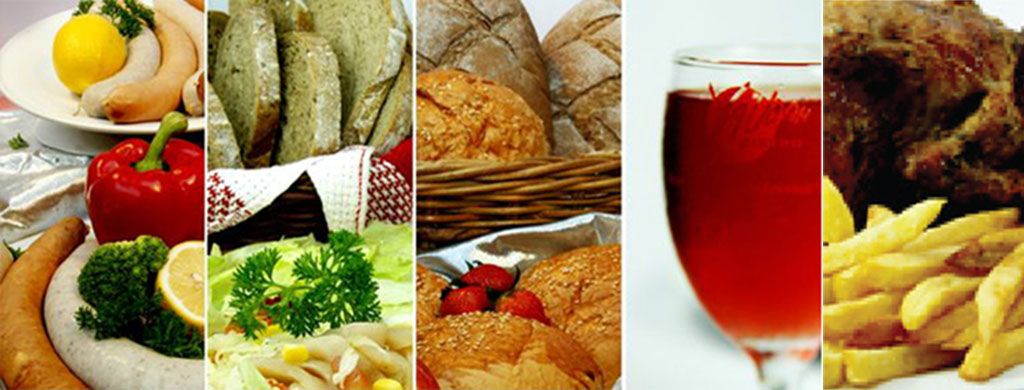Ho Chi Minh City and Jakarta: Urban Impressions
by Bakhirun
Two rambling metropolises in Southeast Asia – differences and similarities, historical, social and political, stand in an interesting contrast. This writer just spent six weeks in a suburb of Ho Chi Minh (which the locals still commonly refer to as “Saigon”) and found life there curiously similar to that of Indonesia’s capital city, in spite of a considerably different history.
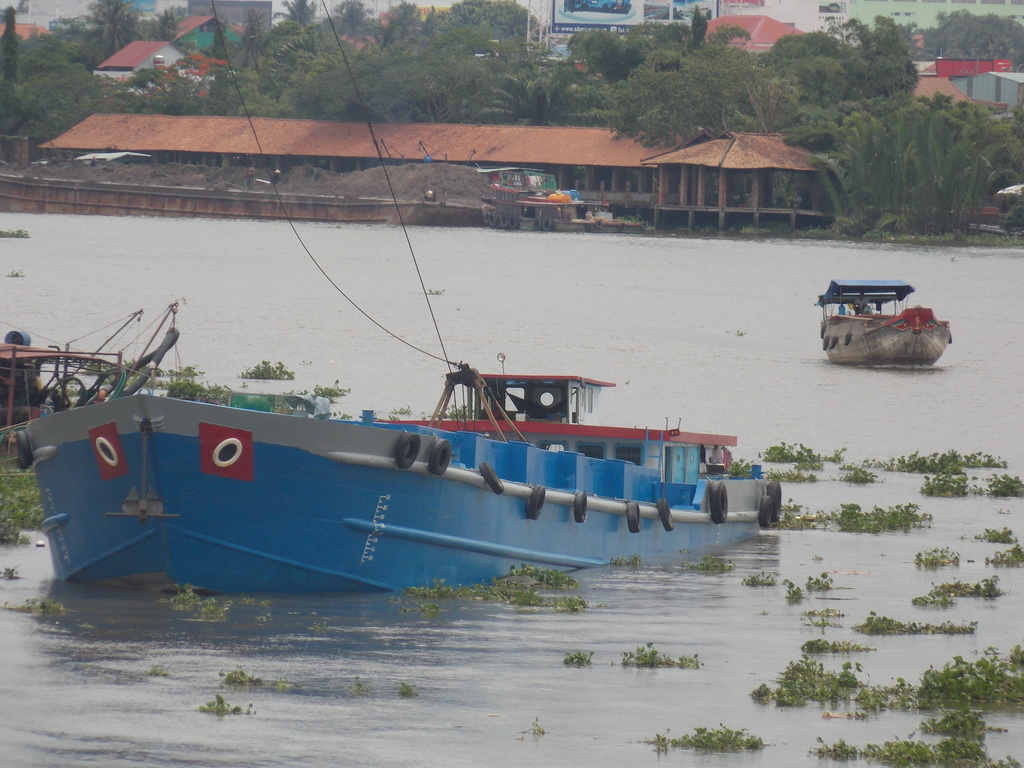
Busy river scenics
The “look” of the two cities is rather similar, in that both are historically ports built on an estuary: Jakarta around the Ciliwung River (where traces of settlements 4000 years ago have been located) and Ho Chi Minh City along the considerably broader Saigon River. Both are busy urban capitals with a mammoth amount of recent construction – Jakarta came to life in the late 1970s and early 1980s, when the economy gradually opened up, and Ho Chi Minh City followed about ten years later, when the Communist Party rulers in Hanoi baldly admitted colossal failure of their “socialist experiment” and allowed a free enterprise economy to flourish.
Speaking of Hanoi, the nation’s capital, this writer noted a certain tension and resentment among local people. What seems to have transpired is that those South Vietnamese who risked their lives fighting as Viet Cong during the 1962~1975 American aggression on Vietnam were rudely shoved aside after the Communist victory (although the USA in fact declared its own military objectives had been fulfilled when it scuttled away shamefully, the “proxy war” with the USSR damaging America’s image in the world and leaving several million dead). Northerners were suspicious that the South Vietnamese Communists had been “corrupted” by the Americans, and even today it is stated (with some degree of resentment) that the biggest banks and enterprises are owned by northerners. There is a considerable variation of dialect in the language and the mutual dislike and distrust is just below the surface.
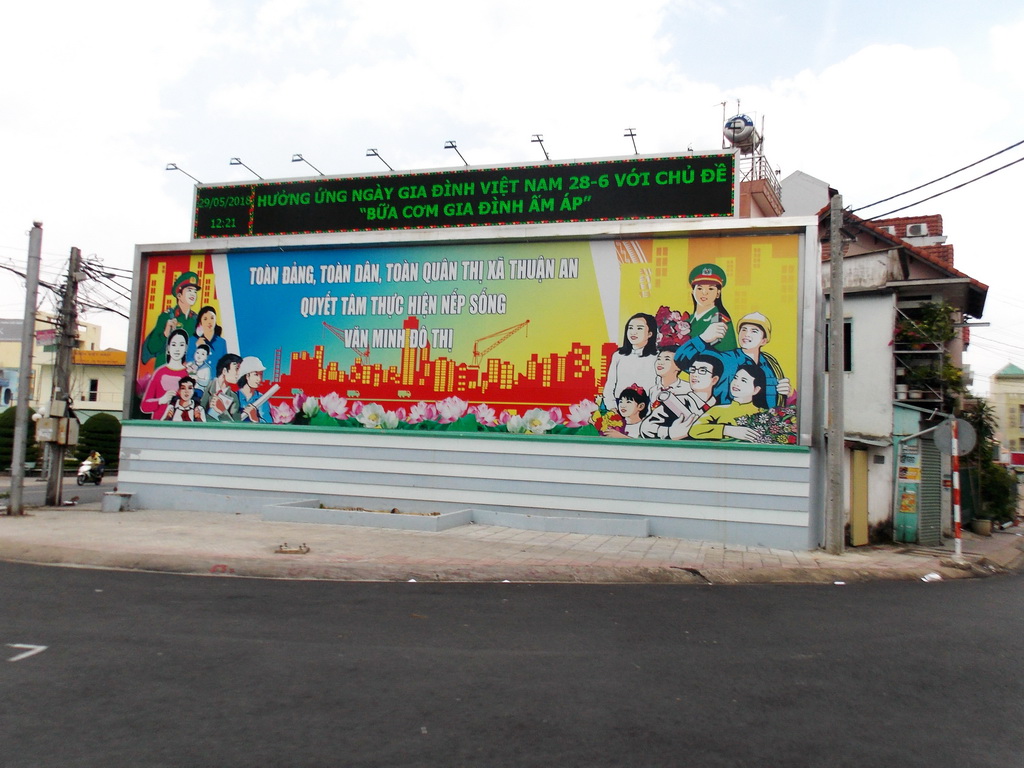
Cheery commie billboard
During the 1990s there was a huge spurt of foreign investment into Vietnam, much of which came to tears for eager Koreans and others, on account of the “three C’s”: Culture, Communism and Corruption. The government even had to open a special office for companies wanting to shut down and leave the country.
The terrible years of war seem to have been tucked away into an amnesiac folder – this writer’s student was a South Vietnamese student who lost his life in a protest, and has since been named a “national hero” – but the average Ho Chi Minh City dweller I spoke to about this seemed uninterested. The rest of the world may have a more vivid memory of the war in Vietnam than the Vietnamese themselves, who seem overwhelmingly intent on making money and consuming.
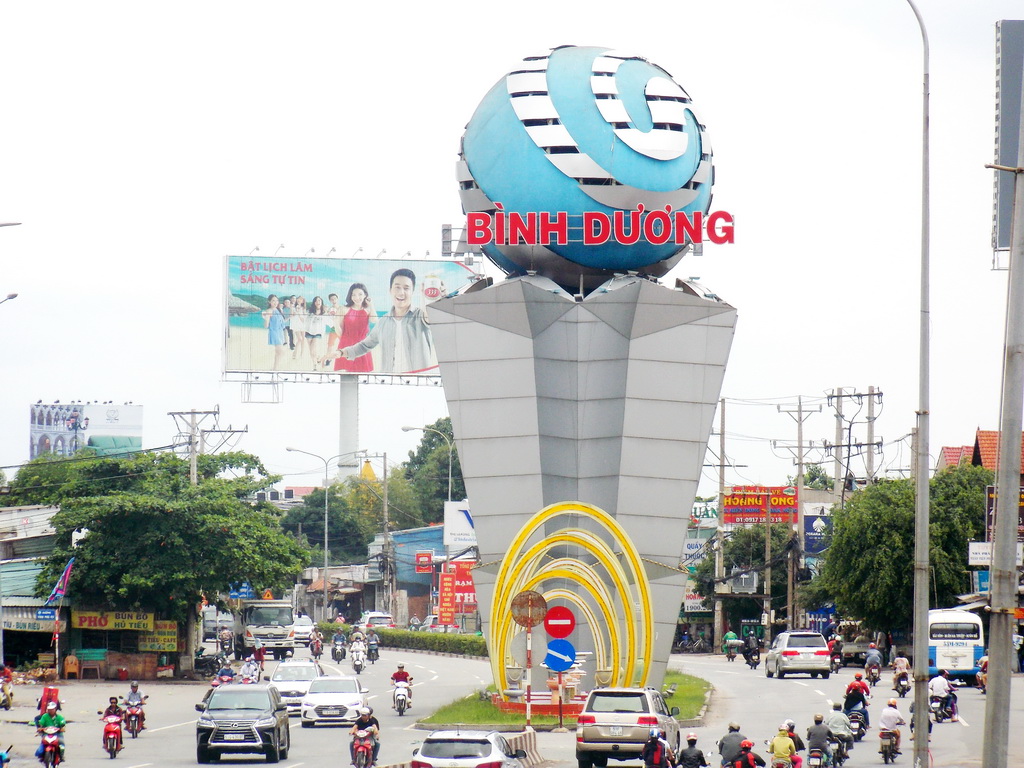
Binh Duong
Consumerism is practically a “religion” in South Vietnam, and they rival Jakarta residents in adoring their motorcycles and cell phones and fancy restaurants and fashionable clothes. It was amusing and ironic to see Ho Chi Minh people driving big Ford and Chevrolet SUVs, showing off their wealth; time and again this writer was warned “This is only Saigon – don’t believe the people in the countryside live like this. That contrast was quite sharp: the difference in lifestyle between the people in Jakarta and, say, Tegal or Rangkas Bitung is not that great, whereas in Vietnam rural poverty is clearly evident. Thus rural people flock to the big city, just as they do in Indonesia. There was a horrendous amount of household trash and industrial garbage strewn about the streets and even on bridges (though not in the “District 1” showcase areas); Ho Chi Minh people blamed rural visitors for this ugly display.
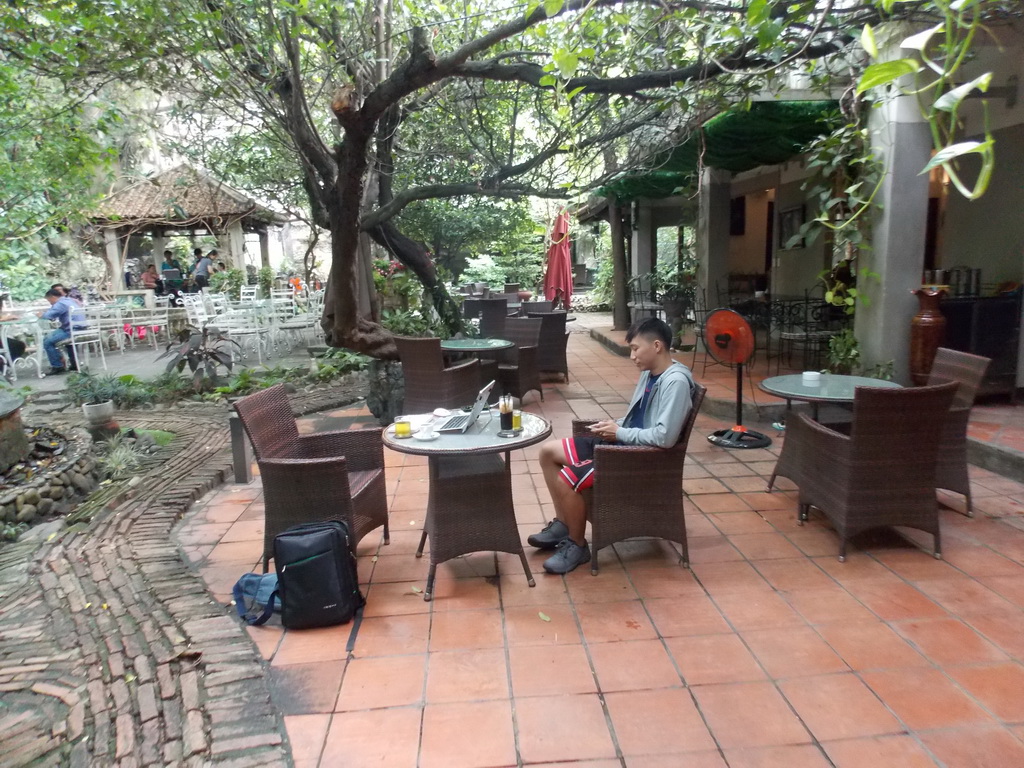
Cafe San Vuon
The French were in Vietnam over a century and the Dutch were here for three; in both cases you have to look hard to spot their influence. Just as almost no one speaks Dutch any longer in Jakarta, you never hear French spoken in Ho Chi Minh City; English-language schools are everywhere, on the other hand, as the Vietnamese recognize the importance of communication with the outside world. Architecture and city layout are two of the traces of French culture: you see many narrow four- and five-story walkup residences, common in Paris, and traffic meets many French-style roundabouts throughout the city. The only prominent ones in Jakarta are along Jl. Thamrin and Jl. Sudirman.
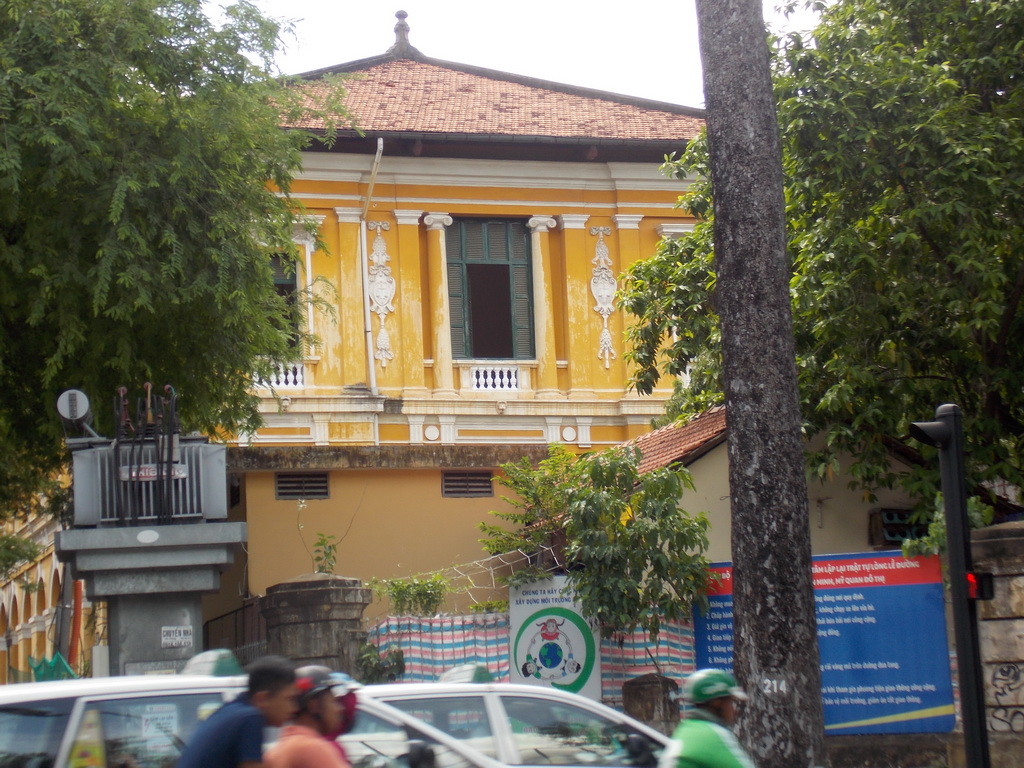
Classical style
Prices in Ho Chi Minh City are quite similar to those in Jakarta, with foodstuffs in the wet market and household items only slightly less expensive than in a Jakarta kampung. Property prices, however, are distorted in the same way it is in the major urban centers of Indonesia, with rampant speculation in land and buildings. A high-rise apartment in a 30-floor tower will sell for the equivalent of US$ 80,000 upwards, and a free-standing home on a decent plot of land will go for around three times that (think of buying a house in Mampang or Bintaro).
This writer was naughty enough to kid his hosts by asking, time and again, “But where is the ‘communism’?” as no one I spoke to seemed at all interested in the Marxist doctrine they are force-fed in schools. Appreciating the irony they just laughed along with me. Along many of the broad boulevards and at roundabouts you will see large portraits of a rather forlorn-looking Ho Chi Minh, apparently wondering what became of his “socialist experiment”; I was informed that northerners are much more serious about the matter. Night clubs, casinos with open gambling and other forms of “capitalist depravity” were in evidence; Ho Chi Minh dwellers really seem to enjoy the good things of life. Supermarkets sell all kinds of local and imported foods, including fine wines at US$ 150 / bottle. The biggest is Lotte Supermarket, a shining example of how rapacious South Korean enterprise has moved in.
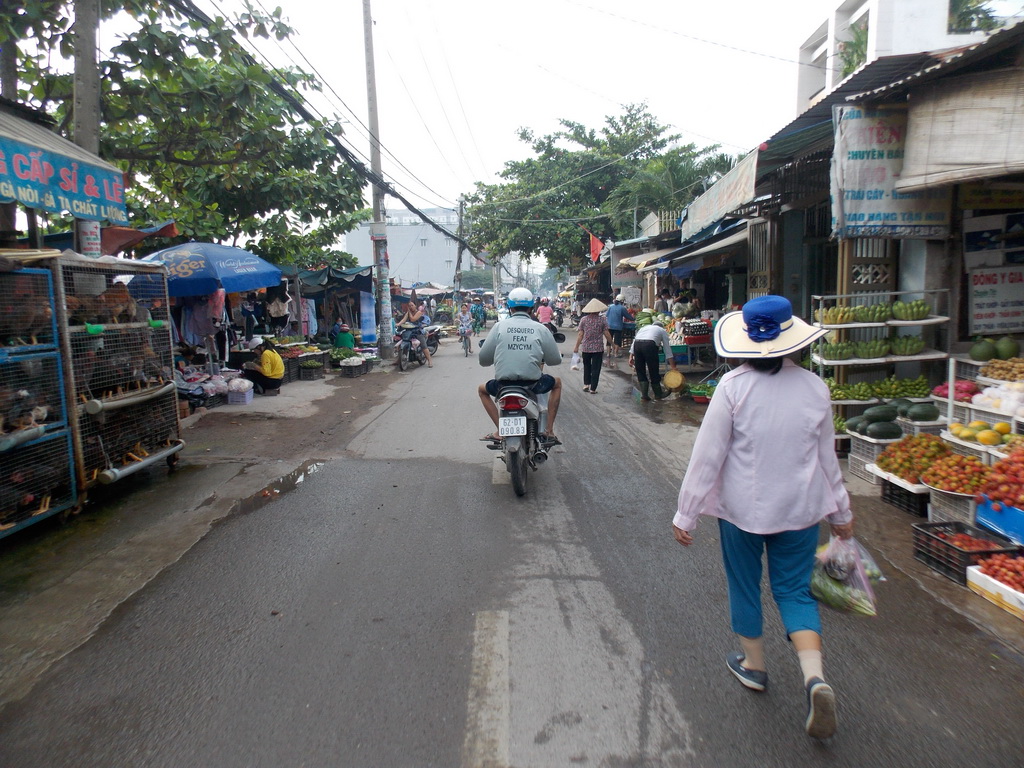
Garbled language jacket message
“Better the Koreans than the Chinese”, seems to be a common position, as most Vietnamese are quite ambivalent about their huge and powerful neighbor to the north. The Vietnamese and the Chinese are historically adversaries, as China considers the nations of Southeast Asia to be its “vassals”, something Indonesia seems to be amnesiac about at present (a dangerous attitude, as the Jokowi regime sinks further and further into the Chinese pocket). Thus Vietnam has been cozying up to the USA, its former enemy, in recent years, an inexplicable strategy unless you factor in potential Chinese aggressiveness.
The above narrative represents a brief and superficial look at the largest city in Vietnam and its people, since this writer cannot speak the language and spent a brief time there only. Nevertheless, a fresh impression is often more insightful than one from a world-weary “old hand”.
Great food, healthy, alert people, open attitudes to foreign ways (the last American ambassador, openly gay, “married” his Vietnamese boyfriend, and they adopted a baby – something unthinkable in reactionary Indonesia) and the willingness to work and advance their families and society: this writer came away with quite a positive impression of Ho Chi Minh City and its inhabitants.


